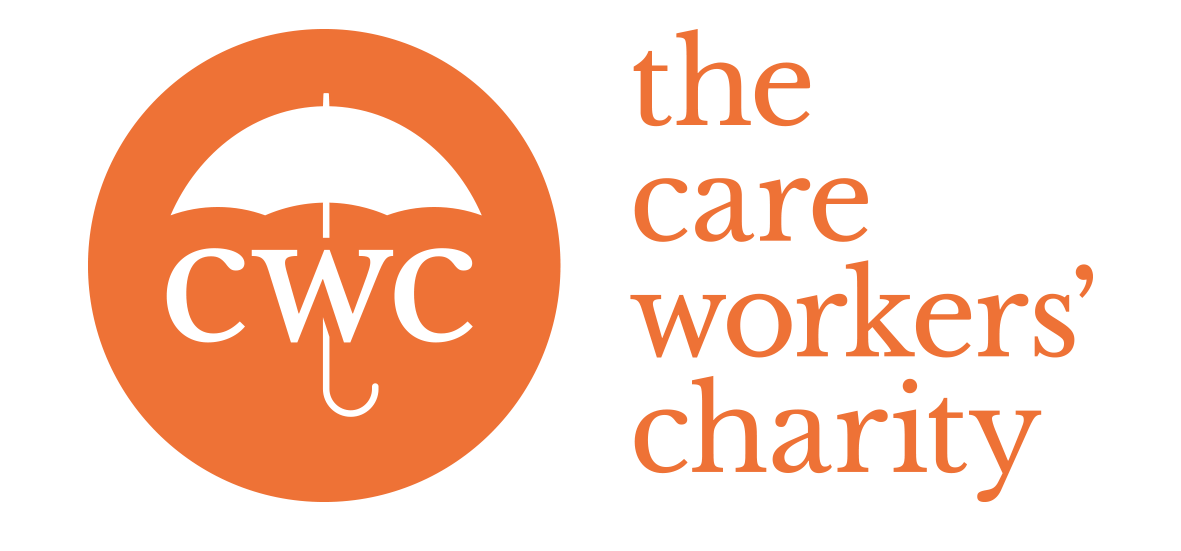“Just part of the job” – violence, aggression and burnout in the care industry
Recently, lone working platform Safepoint ran a campaign (with support from The Care Workers’ Charity) aimed at highlighting the shocking rates of violence and aggression health and social care workers have to deal with everyday. Since then, they have heard from carers across the country who wanted to tell their story. In this article, we’ll look into one of those stories, and what can be done to make the industry safer.
The Stats
In the UK, a health and social care worker is attacked every 30 minutes. What’s more, according to a 12-month survey by Community Care, 85% of social workers experience assault, harassment or verbal abuse. This rarely-discussed problem was the centre of Safepoint’s #Every30Minutes campaign.
Attacks on health and social care workers can include kicking, hair pulling, biting, hitting and spitting, as well as attacks with objects. Care workers have also shared their experiences of threats and abuse based on their gender or race.
Unsurprisingly, these risks, along with low wages, poor job security, and long hours, have led to health and social workers reporting a significantly high rate of stress, depression or anxiety (as reported by the Health and Safety Executive).
Violence against care workers – Claire’s story
One support worker (who we’ll call Claire) explained how, in her first nine days in her new role, at least one member of her team had been attacked every day. During that short time, she had worked seven 12 hour shifts and had been attacked twice, leading her to lose her confidence and sometimes break down in tears when thinking about coming back to work.
“It feels like I’ll have to quit if I don’t want to keep being attacked and I’ve completely lost my confidence and panic or start to cry when I think about coming back to work.”
Despite some of the attacks being sexually motivated, and the service user having a documented and repeated history of violence towards women, Claire’s managers continued to implement a nearly all-female team and failed to make any significant changes to improve the safety of their workforce. It is possible that, in doing so, the organisation was breaking health and safety legislation.
What can be done?
Care workers need support from their team and their supervisors. What’s more, failing to invest in your staff’s safety could lead to serious injury, and legislative repercussions. To keep health and social care workers safe, there are a number of measures that can be taken.
Care organisations should:
- Listen to and support your staff –and update your risk assessment accordingly.
- Match appropriate staff with service users
- Provide training in the prevention and management of violence/aggression. The HSE states that such training should be available to all staff.
- Consider a ‘shadowing’ period – where new staff can follow a more experienced colleague as they ‘learn the ropes’ of the new role.
- Create response strategies and make sure staff know how to enact them.
- Report injuries –acts of violence (even if they do not result in serious injuries) should be reported under RIDDOR.
- Set up a debriefing structure to formally handle a violent incident.
- Create a dedicated lone working risk assessment if you employ any staff that work alone, for any amount of time. You will need to consider whether it is appropriate for the staff member to work alone, whether they will need extra training, and whether they will need to be supplied with an automatic panic alarm (more below!).
How we can help
The Care Workers Charity provides Crisis Grants for carers who have experienced changes in circumstance resulting in a significant financial impact. For care workers struggling to cope with difficult circumstances we also provide mental wellbeing and health support.
For care organisations that employ staff that work alone at any time, particularly with clients who are prone to violence, we recommend Safepoint’s lone worker protection solution.
Protecting your at-risk staff
Through Safepoint’s app and wearable panic alarms, care workers can discreetly call for emergency help with a single tap. These devices will also automatically call for help if a user takes a fall or is unresponsive.
What’s more, with Safepoint’s 24/7 GuardianPlus service, your team’s safety can be monitored day and night, by an accredited team of expert responders.
By heading to safepointapp.com/care-workers-charity, care organisations can try Safepoint for free, and receive a 15% discount if they decide to sign up. Not only will you be helping protect your staff, but you’ll be helping support The Care Workers Charity’s important work.
